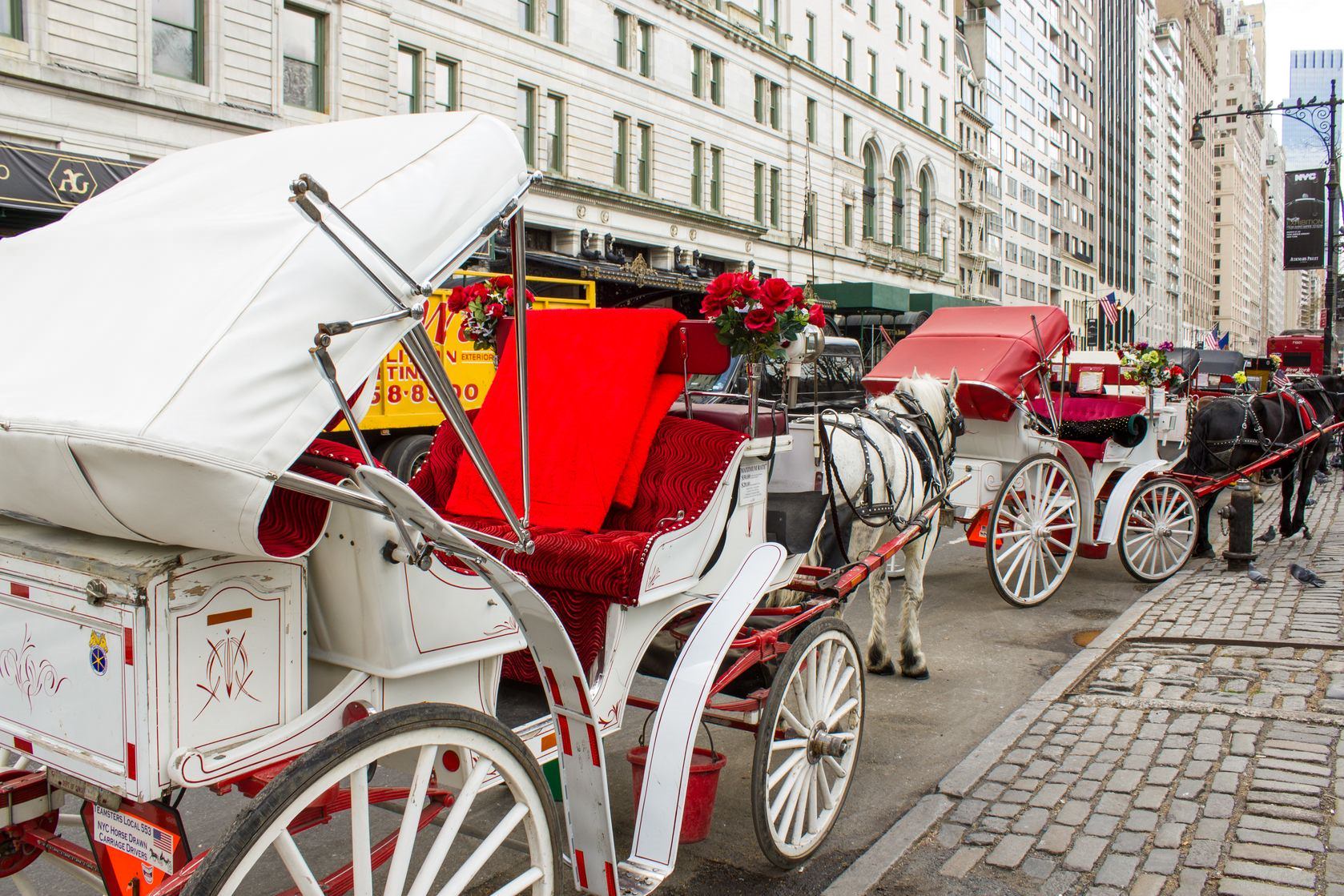With potential skyscrapers looming and a proposed ban on hansom cabs, the stables along Hudson Yards are being eyed for possible new developments which would transform the area and complement the already growing construction plans.
The stables along the Westside, which have been fixtures in the city for decades, are now being eyed as prime property to quickly accentuate the highly anticipated up-and-coming neighborhood. The roomy stables adjacent to such impending skyscraper projects as the planned 80-story mixed-use tower are now worth millions.
“The highest and best use of this real estate is not as horse stables,” Robert Knakal, chairman of the brokerage firm Massey Knakal Realty Services, told Bloomberg News. “The development rights are worth a heck of a lot more than the buildings currently there.”
“A lot more” is an understatement as this neighborhood property has become one of the most sought-after areas in the city. The project is being spearheaded by the MTA and the New York City Department of City Planning and is expected to enjoy the largest commercial building in New York City with approximately 5.5 million square feet for its diverse complex at 30th Street and 10th Avenue—of which top designer Coach has signed on to occupy a portion.
The 26-acre project, which is being constructed over active rail yards in partnership with developers Related Companies and Oxford Properties Group, is planning to offer one million square feet of retail space, 5,000 apartments in nine residential buildings of varying levels of affordability, a public school, a cultural center, and a 150-room hotel—all of which can all be accessed via a new extension of the No.7 train. This also means that property values in the area will skyrocket—which, of course, is why all eyes are on the stables.
planning to offer one million square feet of retail space, 5,000 apartments in nine residential buildings of varying levels of affordability, a public school, a cultural center, and a 150-room hotel—all of which can all be accessed via a new extension of the No.7 train. This also means that property values in the area will skyrocket—which, of course, is why all eyes are on the stables.
Carriage driver Cornelius Byrne, who owns a stable in the area with room enough to house 17 horses, has no strong desire to give in to the current offers being made by developers. He has realized that his premature selling of another stable 13 years ago could have led to a more lucrative deal had he waited longer and fielded more deals. His former corner stable at 11th Avenue, a property he purchased for $44,000 in 1976, went for $1.2 million. Although he made a good profit, the same place now would command approximately $10 million—which undoubtedly adds to his hesitation over giving in too soon. “We won’t know how good it’s going to be until that train shows up,” Byrne said of the No. 7 line extension. “Obviously, you want things to happen that make your property more valuable.”
More valuable indeed! With prices for Manhattan development sites jumping to $445 a square foot for residential properties and commercial buildings commanding $1,041 a square foot, the significant increase from $897 a square foot in 2012 has significantly added to the area’s appeal.
Being recorded as one of the largest private developments in U.S. history according to previous New York City Mayor Michael Bloomberg, with the goal of expanding the city’s business district westward by creating numerous offices, cultural venues, apartments, and shopping there are plenty of major companies following in Coach’s footsteps for taking part in what will become the city’s most coveted location—atop a newly built platform covering the rail yard. Time Warner, the mega media corporation that currently resides at the Time Warner Center in Columbus Circle, announced last month that they will acquire more than a million square feet of office space at the planned Hudson tower for 5,000 employees from three of its branches.
“By consolidating our space to Hudson Yards, New York’s next great neighborhood, we will be able to reallocate substantial savings to our primary business of creating and sharing great storytelling in television, film and journalism with audiences around the world,” said Time Warner Chairman and CEO Jeff Bewkes, of their move scheduled for 2018 in a statement released with the announcement via ChelseaNow.
For now, stable owners, whose livelihood are being considered outdated by the city with Mayor De Blasio pushing for the ban on hansom cabs, are holding on to their prime real estate that developers have eyed specifically for hotel space and offices in addition to residential units.
“If they ban the horses, buyers will have me over a barrel,” Byrne added. Wanting to be part of the exciting major transformation of an area that was once not considered particularly fashionable, Byrne and other owners near the Hudson Yards project are approaching the point where they must ask themselves if they want to keep their family investments regardless of a city ban, or move on.

